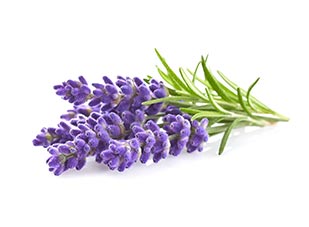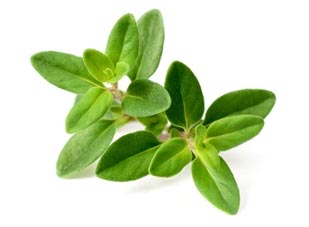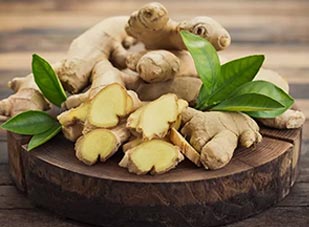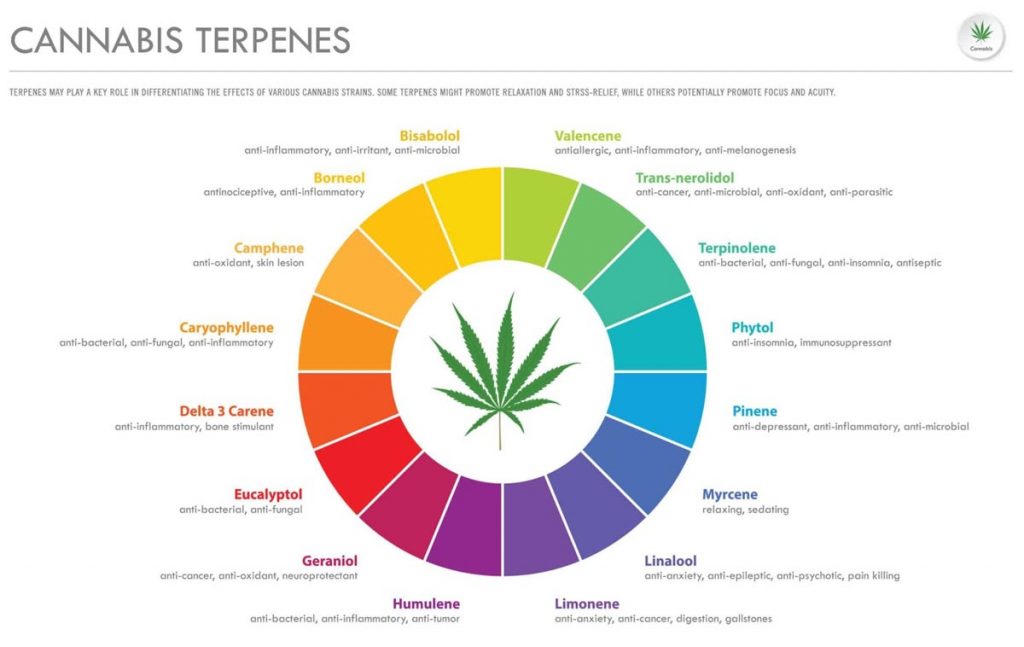Terpenes
Terpenes are highly aromatic compounds that determine the smell of many plants and herbs, such as orange, rosemary and lavender. In the natural plants, terpenes are what make certain strains smell or taste different from others.
Terpenes are highly aromatic compounds that determine the smell of many plants and herbs, such as orange, rosemary and lavender. In terms of cannabis, terpenes are what make certain strains smell or taste different from others. Like many other things, there is no one that fits all. Each individual may be a different response to a certain strain. Many patients prefer to switch from time to time to find the best suited, also to avoid tolerance building up to a particular flower.
If you look at a cannabis flower closely with a microscope, you can see multiple mushroom like growth all over the plant, these are called trichomes. A trichome is “ the small outgrowth on a plant”. The etymology comes from the greek word trikhōma meaning “growth of hair”. They are the factories that produce the hundreds of known cannabinoids, terpenes, and flavonoids that make our favorite cannabis strains potent, unique, and effective.

Limonene
Limonene is a common terpene that most people can recognize by its scent. As the name suggests, limonene gives the rinds of fruits such as lemons and oranges their citrusy smell.
- anti-inflammation
- antioxidant
- antiviral
- antidiabetic
- Anticancer

Pinene
Pinene provides the fresh, bright scent of many plants, including pine needles, rosemary, and basil.
Shirin-yoku, which means “forest bathing,” is a Japanese therapy that involves taking leisurely walks in the forest, soaking up the atmosphere, and enjoying the scent. Pinene acts as a bronchodilator, allowing more air into the lungs. It also has an anti-inflammatory effect and may fight against some infectious germs when inhaled.

Linalool
Linalool is most abundant in the lavender plant and gives the flower its rich scent. Linalool is one of the more important compounds in aromatherapy and is responsible for the calming effect many people get when smelling lavender or its essential oil.
- anti-inflammation
- antimicrobial
- neuroprotective
- antidepressant
- anticancer

Myrcene
Myrcene is a terpene commonly found in plants such as hops, lemongrass, and thyme. The flowers of the cannabis plant also contain myrcene.
Myrcene is a powerful antioxidant. One study in mice concludes that myrcene could help protect the brain from oxidative damage following a stroke.
Another study in mice found that myrcene had a similar protective effect in heart tissue. The researchers note that myrcene may be a useful alternative treatment after ischemic stroke.
Another study in a cell model of osteoarthritis noted that myrcene appears to have an anti-inflammatory effect and may prevent the breakdown of some cartilage cells. This could make it useful against osteoarthritis.

Beta-caryophyllene
Beta-caryophyllene exists in many herbs and vegetables, such as cloves and black pepper.
Similarly to other terpenes, beta-caryophyllene may have an anti-inflammatory effect on the body that could reduce pain levels in some people.
In one animal study, beta-caryophyllene reduced pain from inflammation and nerve pain. The researches noted that this anti-inflammatory and analgesic effect might be useful for treating long-term chronic pain because the body showed no sign of developing a tolerance to these effects.




